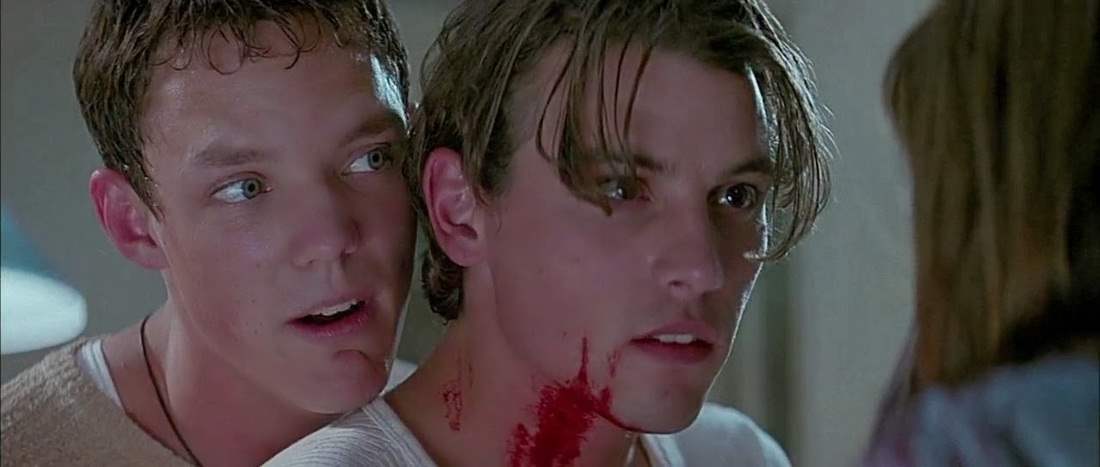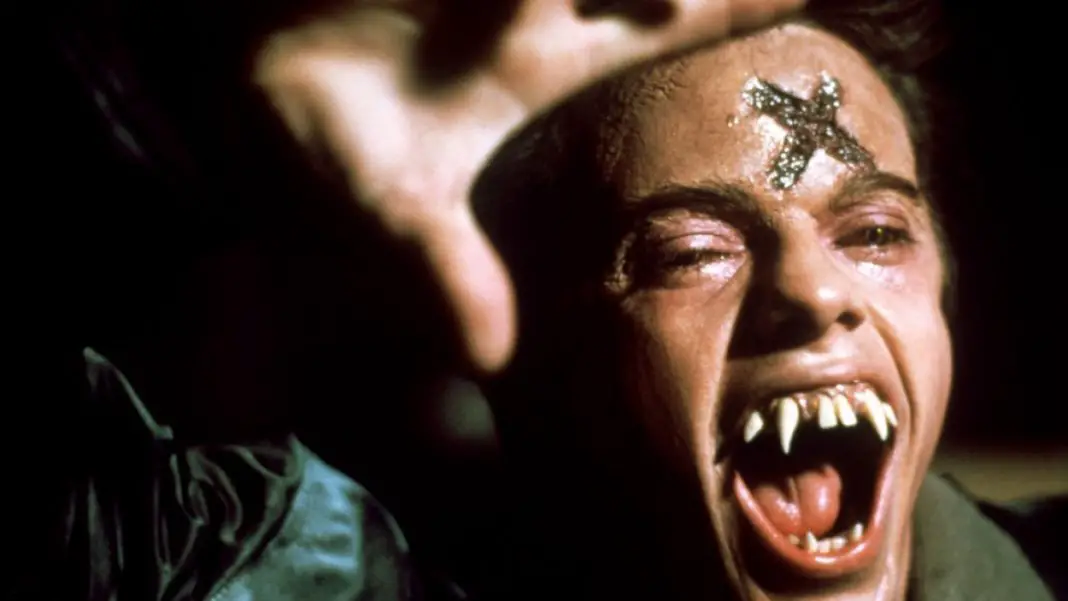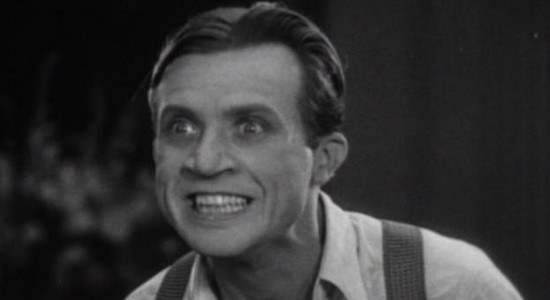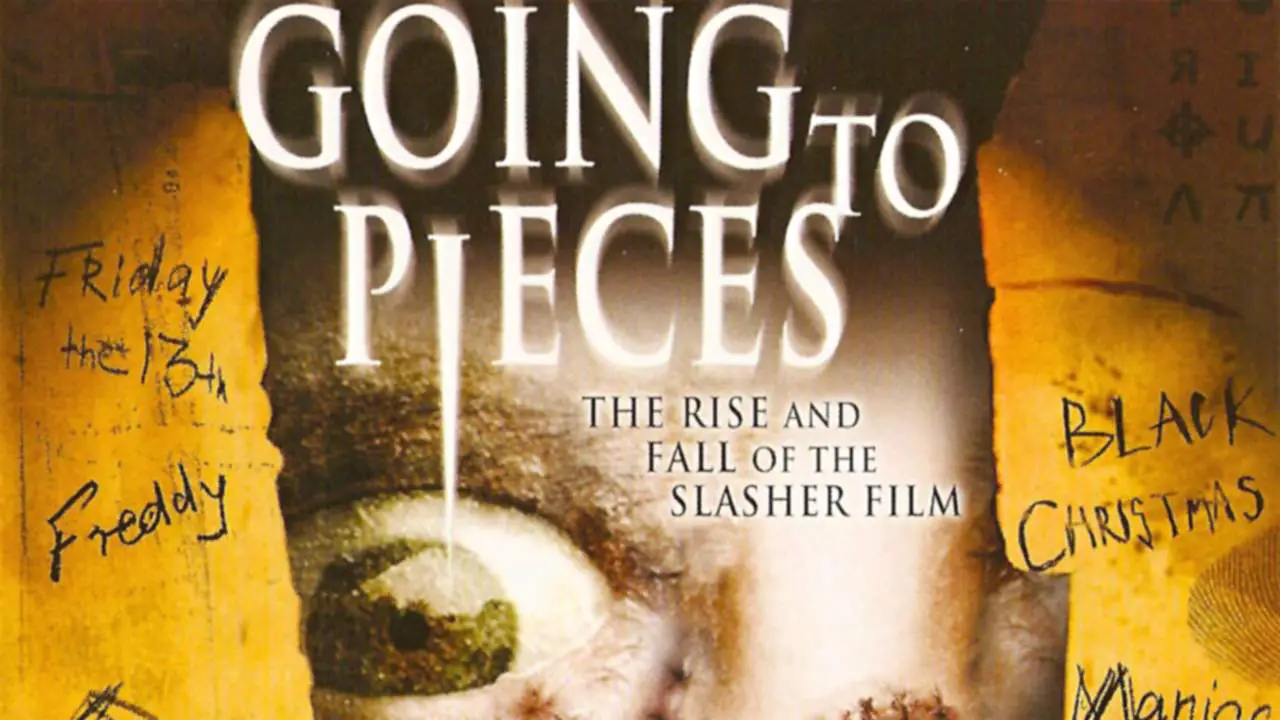The killer is not always the killer in horror movies. One of my favorite things about the genre is that it takes characters who are pretty normal people on the surface and puts them in an unreal environment that forces them to confront what kind of people they really are. Sometimes they find an inner strength and rise above the situation. Sometimes they don’t.
Characters like this can be just as interesting. You never really know what to expect from them. Sometimes they surprise you. Sometimes it’s a character who starts off perfectly likeable and then changes over time. The more they see, the worse they react and the less they’re able to recover. Stephen King handles characters like this terrifically and his fiction includes several of them.
See Also: Five Terrifying Horror Novels That Need to be Feature Films
A secondary antagonist can really be anyone who stands in the way of the hero and their goal. Technically, it could be someone like Dr. Crews in Friday the 13th Part VII, who is just an a**hole and makes the entire situation worse with their presence. But that’s not the kind of character I’m looking at here.
Today, I’m looking at characters who either directly align themselves with the main villain or who wind up posing an almost equally serious threat to their well-being. Characters who might not be the Big Bad, but are still out for blood.
Chris Hargensen in Carrie
All versions of Chris that we’ve seen on screen border on sociopathy, but I think the most interesting of them is Nancy Allen’s portrayal in Brian De Palma’s original 1976 film. Chris barely gets through a scene without a violent outburst. She’s a little more outwardly psychotic than her novel counterpart, as she gets a thrill from the slaughter of the pigs and is sexually attracted to her own hatred of Carrie White. Yes, Carrie herself is the one who destroys the high school and her mother is her primary antagonist, but Chris is the one driven by bloodlust. She’s the one who makes the whole third act possible.
 Stu Macher in Scream
Stu Macher in Scream
Stu’s a character who’s always interested me. He follows Billy’s every command and is probably at least a little bit in love with him. But there’s a moment in Scream that’s always fascinated me. When Billy reveals the backstory of his mom leaving him after his dad’s affair with Sidney’s mother, Stu looks surprised. I always wondered if that was a performance thing until reading a draft of the script that confirmed it: Stu never once stopped to ask why they were doing it. He didn’t care. That, to me, reveals everything about his character. He was just in it for the fun and didn’t think about any of the consequences until the end, when it dawned on him that they could get caught.
 Mickey Altieri in Scream 2
Mickey Altieri in Scream 2
Mickey might actually be my favorite killer in the whole Scream franchise. He perfectly embodies some of the cultural fears of the time, Timothy Olyphant gives a great performance, but what really sells it is his motive. He’s gonna blame the movies in a decade where that might actually have worked. There was an outcry against violent media, the likes of which we haven’t seen since. Everyone wanted to believe that movies were to blame for real life actions. Here’s the thing, though, Mickey didn’t believe any of that. He knew he was just looking for an excuse to kill people, but knew that people would believe him if he blamed his actions on outside influences. That’s still resonant in a way that it probably shouldn’t be.
 Evil Ed in Fright Night
Evil Ed in Fright Night
Evil Ed is a great character. He’s sympathetic, funny, tries his best to play the part of best friend, but he’s kind of weird and obnoxious in a self-sabotaging way. He starts out similar to Randy in Scream, but eventually he’s seduced and turned by main vampire Jerry Dandridge. For a secondary antagonist, he has a legacy that almost outshines that of Jerry himself. People remember Fright Night for this character and there was a disappointment when he didn’t return for Fright Night Part II. That definitely speaks to the character’s strength as well as Stephen Geoffreys’s memorable portrayal.
Related: Script to Pieces: Farmer & Lussier’s Fright Night Remake
 Harry Cooper in Night of the Living Dead
Harry Cooper in Night of the Living Dead
Cooper is kind of the classic thorn in the side who just makes everything worse by being there. But he moves up from just being an unlikable jerk when he takes up arms against the other protagonists and makes the lack of survival at the end possible. In the remake, he and Ben have an actual shootout, but in the original it’s a smaller scene. They both basically land one good hit apiece. It says a lot though that one of the changes made in the remake is that we actually get to see Barbara come back to put a bullet in Cooper’s head and pass it off as a zombie attack. This is all due to how hated the character had been for so long.
 Henry Bowers in IT
Henry Bowers in IT
There are several minor antagonists in IT, especially the novel. From the truly insane Patrick Hocksetter to Bev’s abusive husband with aspirations of murder. But Henry Bowers rises above them all. He was the real world monster the kids were afraid of in the summer of 1958. He was the boy that everyone could see would one day grow up to be a murderer. And he did. He tries to kill him in his youth and part of what drives his madness as an adult—other than his encounter with It—is that he failed at what he thought might have been the only thing that could ever have made him truly happy: the deaths of those children who made him feel vulnerable.
R.M. Renfield in Dracula
Renfield is kind of the classic secondary antagonist in horror, no matter which incarnation you choose. He’s a servant to the Count—and a loyal one. He only betrays Dracula toward the end and pays the price for it. But he still causes his share of damage as well. In the original 1931 film, Dwight Frye’s incarnation of Renfield is even scarier than Dracula himself. This is a man who starts out totally respectable, straight-laced, then becomes completely unhinged. His wide-eyed stare, his cackle, these are all qualities that Frye brought to the table to for an incredibly unsettling and iconic performance.
 Pinhead in Hellraiser
Pinhead in Hellraiser
People often forget that Pinhead wasn’t really the antagonist of any Hellraiser films with the exception of the third and fourth entries, Hell on Earth and Bloodline. In the original, the villains were Frank and Julia. They were the ones causing all of the actual bloodshed while the Cenobites were reserved for three major scenes. They’re used sparingly and that makes their appearances—especially that of their leader, speaking through Doug Bradley’s deep, commanding voice—all the more memorable.
Related: Script to Pieces: Pascal Laugier’s Hellraiser Reboot









